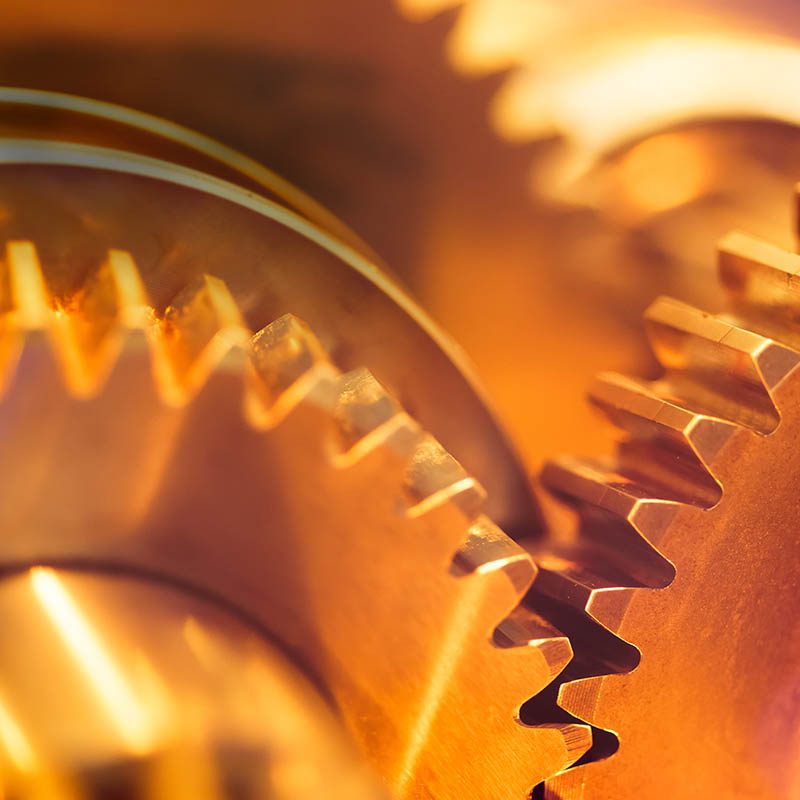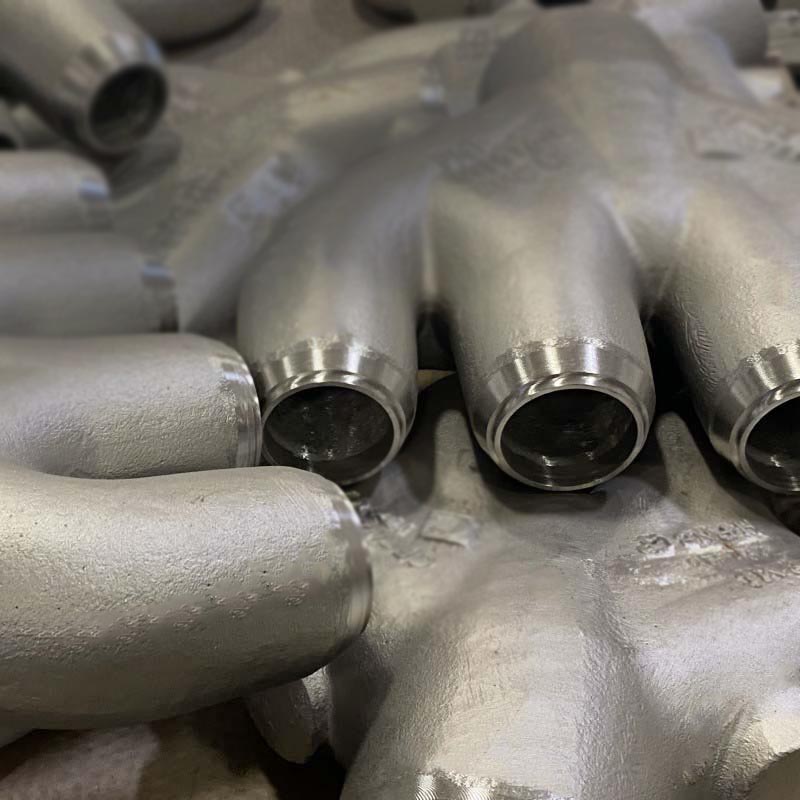Overview
CF8M, often referred to as 316 stainless steels in its cast form, is an austenitic stainless steel enhanced with 2.0% to 3.0% molybdenum for superior corrosion resistance. This addition significantly improves its resistance to pitting and crevice corrosion, particularly in chloride-rich environments like seawater. With a maximum carbon content of 0.08%, CF8M maintains excellent strength and ductility, making it suitable for applications requiring both toughness and formability. While readily machinable and weldable, it's crucial to re-anneal CF8M after welding to restore optimal corrosion resistance. This alloy is prized for its balanced combination of strength, corrosion resistance, and ease of fabrication, making it a versatile choice for demanding applications.
Typical Uses
Bearings, chemical and food processing, household appliances, furnace fixtures, environmental protection industry (garbage and sewage devices), heat exchangers, piping, pressure vessels, pulp/paper components, pump and valve components, nuclear flow control, sink rolls, and marine components.
MetalTek Designation
MTEK 316
Poured At:
Carondelet Division, Sandusky International Division, Wisconsin Centrifugal Division, Wisconsin Investcast Division
Similar Specifications
Cast UNS: J92900
Wrought UNS: S31600
Wrought Grade: 316
Cast Grade: CF8M
Cast ASTM: A351, A743, A744
Military/AMS: AMS 5361
* AMS specifying centrifugal casting.
Typical Chemical Composition (% by wt.)
Aluminum: n/a
Carbon: 0.08
Chromium: 18-21
Manganese: 1.5
Iron: n/a
Copper: n/a
Nickel: 9.0-12.0
Lead: n/a
Tin: n/a
Silicon: 1.5
Zinc: n/a
Other: Mo 2-3
Minimum Mechanical Properties
Heat Treatment: Solution Anneal
Frequently Asked Questions
Austenitic steel is a non-magnetic stainless steel alloy with high chromium and nickel content. It provides excellent corrosion resistance, formability, and weldability, making it ideal for industrial and food-grade applications.
Common applications include food processing equipment, pump and valve components, chemical processing equipment, and heat exchangers due to its excellent corrosion resistance.
Super austenitic steels contain higher levels of molybdenum, nickel, and nitrogen than standard austenitic steels, enhancing their resistance to pitting, crevice corrosion, and stress corrosion cracking in harsh environments.
Benefits include superior corrosion resistance, high ductility, excellent weldability, and good performance at both cryogenic and elevated temperatures.
Austenitic stainless steel is corrosion-resistant and non-magnetic, while martensitic stainless steel is magnetic, harder, and better suited for wear-resistant and high-strength applications.
In its annealed state, austenitic stainless steel is non-magnetic. However, it may exhibit slight magnetism after cold working due to partial transformation into martensite.
Common austenitic grades include 304, 309, 310 and 316 stainless steels. These are widely used across industries for their excellent corrosion resistance and mechanical properties.
Austenitic steel offers better corrosion resistance and ductility than ferritic steel, which is magnetic, has lower chromium content, and is more cost-effective but less weldable.
316 stainless steel is used in marine applications, chemical processing, medical instruments, pharmaceutical processing, and environments with chlorides due to its superior corrosion resistance.
316 stainless steel contains 16–18% chromium, 10–14% nickel, and 2–3% molybdenum. The molybdenum helps increase strength and hardness, especially at higher temperatures. The more significant upside to alloying molybdenum into steel is that it boosts corrosion resistance to chloride. This makes it a top choice for applications in marine settings, chemical processing, and pharmaceutical manufacturing.
Due to the inclusion of 2-3% molybdenum, 316 stainless steel provides excellent corrosion resistance, especially against chlorides, salts, and acids, outperforming 304 in aggressive environments.



